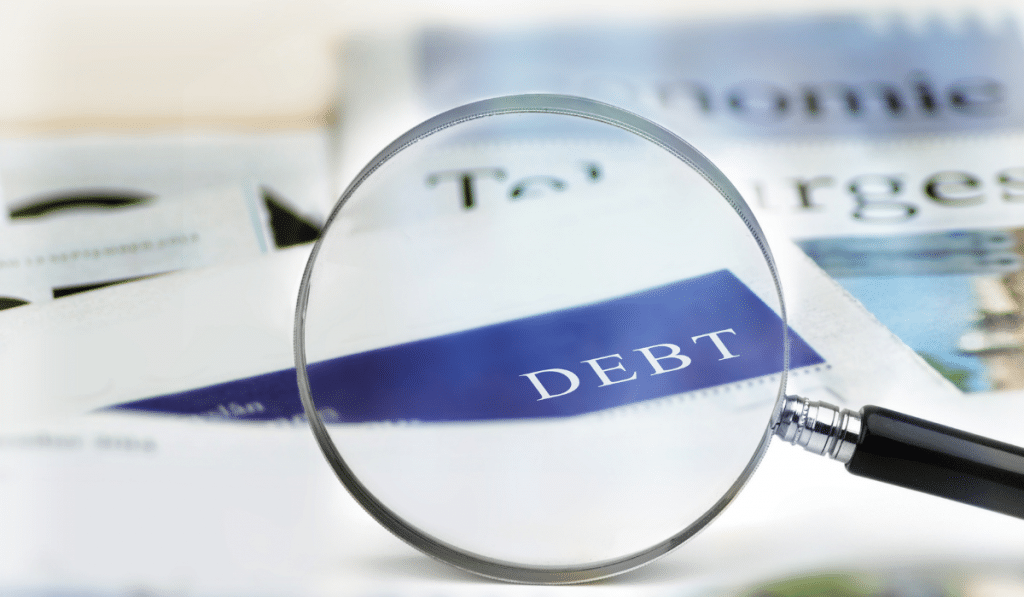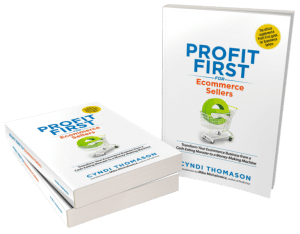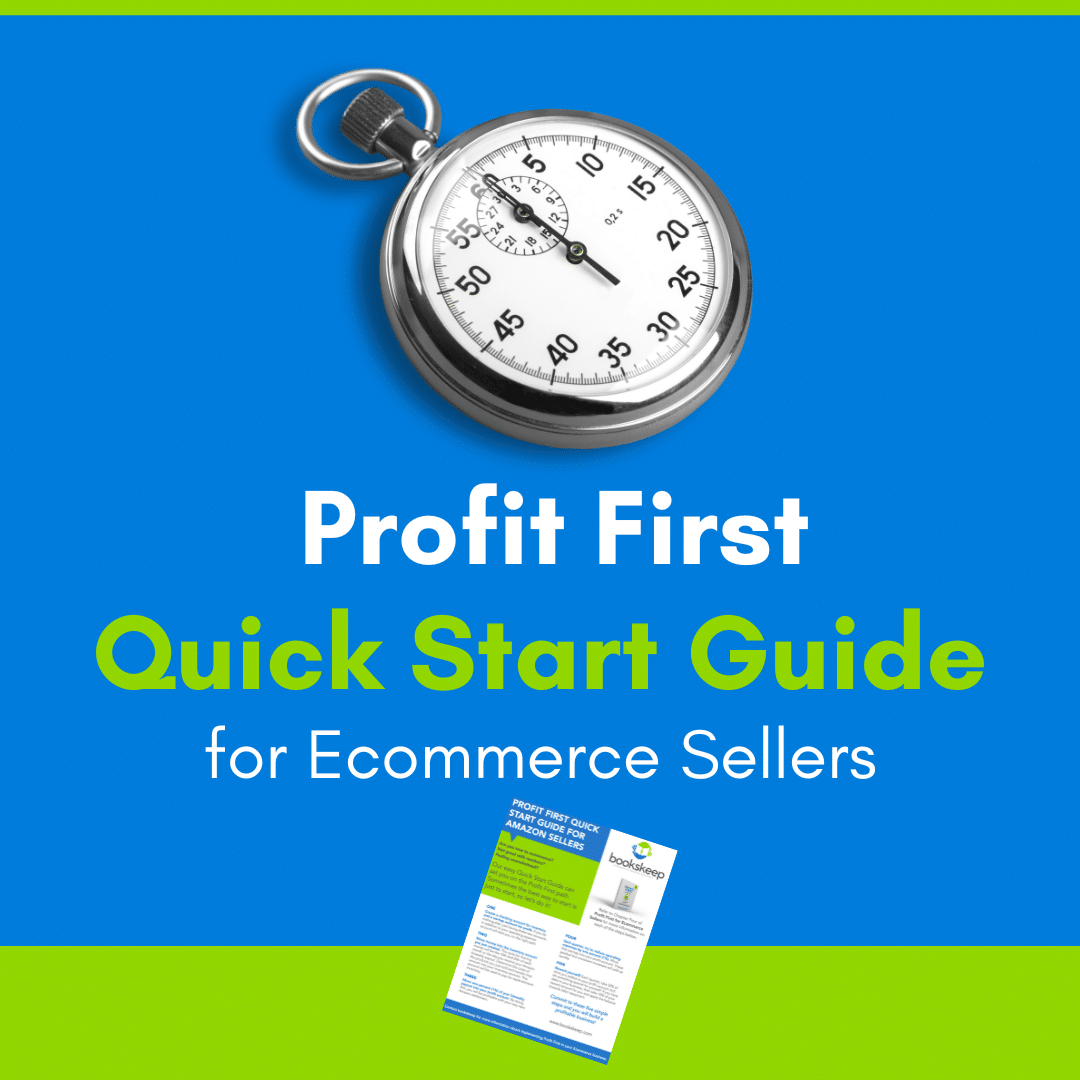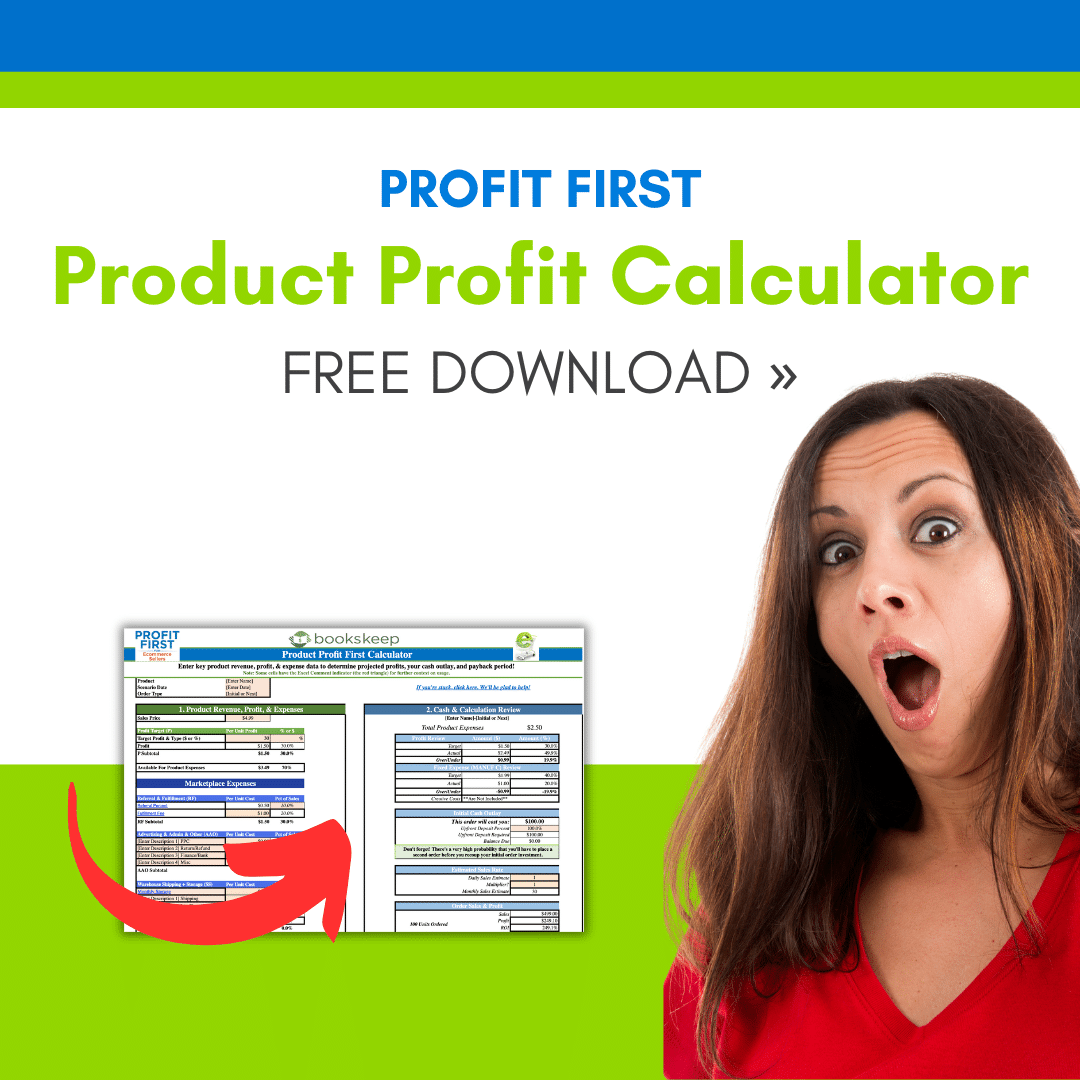
I often hear comments from ecommerce business owners that they have to have debt in their business in order to grow. I understand the mindset. While some debt can be a good thing, not all debt is created equally, so there are factors that need to be considered. The same is true with growth. Here are some key factors about both debt and growth that you must understand in order for them to work in your favor.
3 Most Common Types of Debt for Ecommerce Businesses
First, let’s talk about debt. There are three kinds of debt I typically see with ecommerce clients:
- Bridge loans – these are loans that help you cover a week or two, maybe even a month when you know you will be receiving payments but you need to place an order or make payroll before the money arrives. There is little risk here.
- Leverage – this is money that is used to grow. You have dialed in the product costs and the sales price for the new opportunity. You can, with a high degree of certainty, see the payoff on the use of the money to buy additional inventory or to add an more people or equipment. While there is risk, you have calculated the risk and the return.
- To delay the inevitable – this is money that is borrowed to keep things going. The products aren’t generating enough gross margin to support the business and the interest on the debt. Rather than face the facts and take drastic action, clients look for a loan to keep things going. The problem is that without facing the underlying issues, the loan only adds to their expenses. This is risky debt. The risk is that without correction, you will personally guarantee loans, and not only will the business fail under the weight of the debt, but your personal credit can be ruined too.
How Debt Affects Growth
Growth that occurs in the business typically requires debt like bridge loans or leverage. Trying to grow a business that is using debt to delay the inevitable is like throwing gasoline on a fire. It’s a sure way to accelerate things, but not really grow the business.
So, what do you do if you find yourself in the “delaying the inevitable” mode? First, take a vow to no longer borrow money until you have worked yourself out of this issue. Second, do a deep dive on your products. What is producing gross margin at an acceptable level, 30% or greater; and what is not performing adequately? What can be done to improve this scenario? Can you raise your prices? Can you reduce your manufacturing, fulfillment or shipping costs? Third, get aggressive about cutting your operating expenses. Lastly, look for ways to consolidate your debt into the cheapest instruments so that you minimize your loan payments.
Making the Tough Decisions
Give yourself a timeline to work against – three months, for example. If you work diligently for three months to create a sustainable business model and you really don’t see significant improvement, then make the tough choice and learn what your exit strategies may be. The business may have value in the marketplace even though you have had challenges. New owners would operate the business differently and likely would not have the cash constraints and debt burden that you may be in. While the business may not be performing as you dreamed, it may be best for you to cut your losses and let someone else take the reins.
Interested in Profit First?

You can also sign up for the Profit First for Ecommerce Sellers Online Course. As a Mastery Level, Certified Profit First Professional, I will teach you why Profit First works so well for ecommerce businesses and the particular challenges for businesses that have physical products requiring inventory management. You will learn how your behavior drives your money management habits for your business and how you can set up your business bank accounts to work with your habits.
Check out all our ecommerce accounting and profit advising services here!




This was so insightful, thank you for writing this!